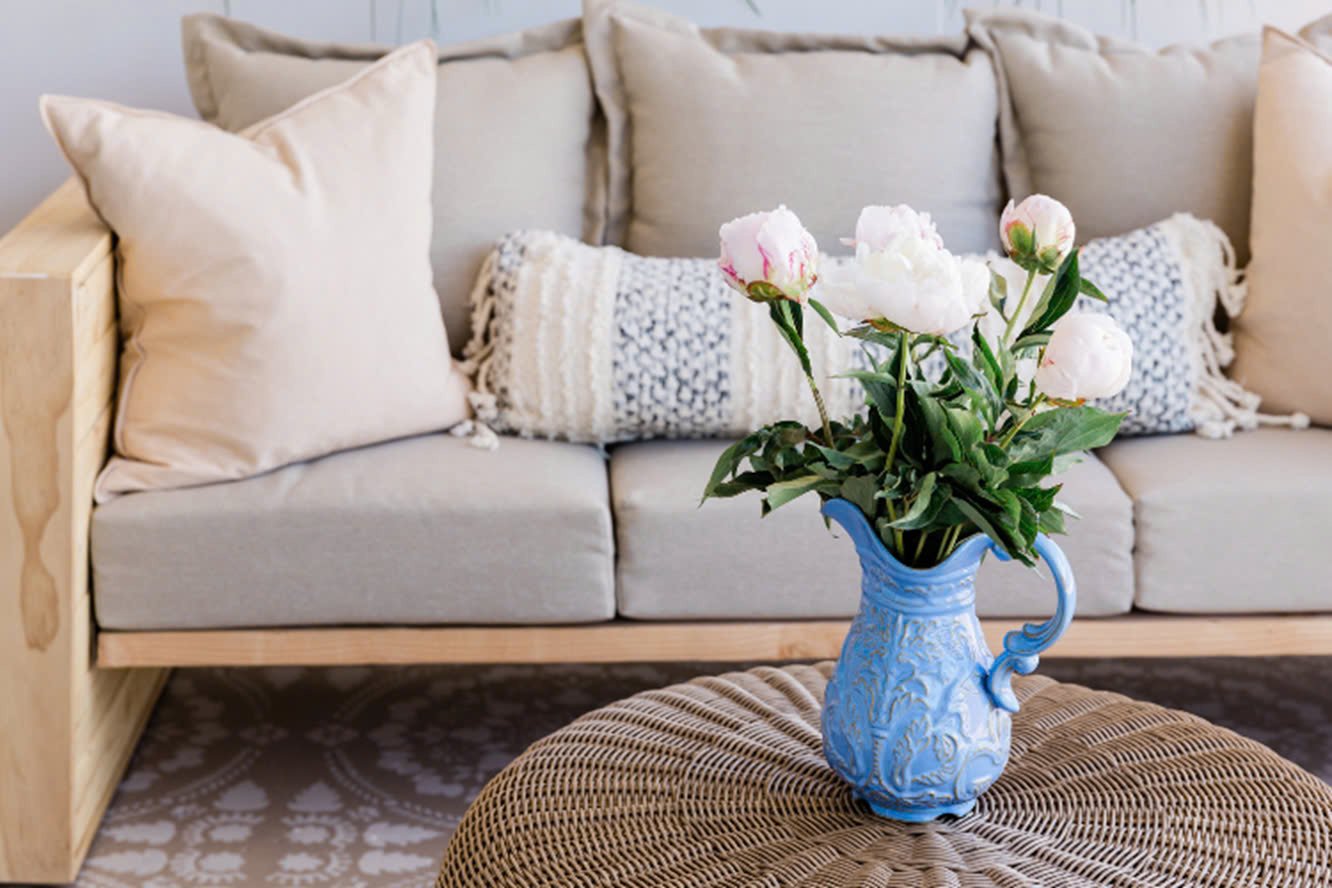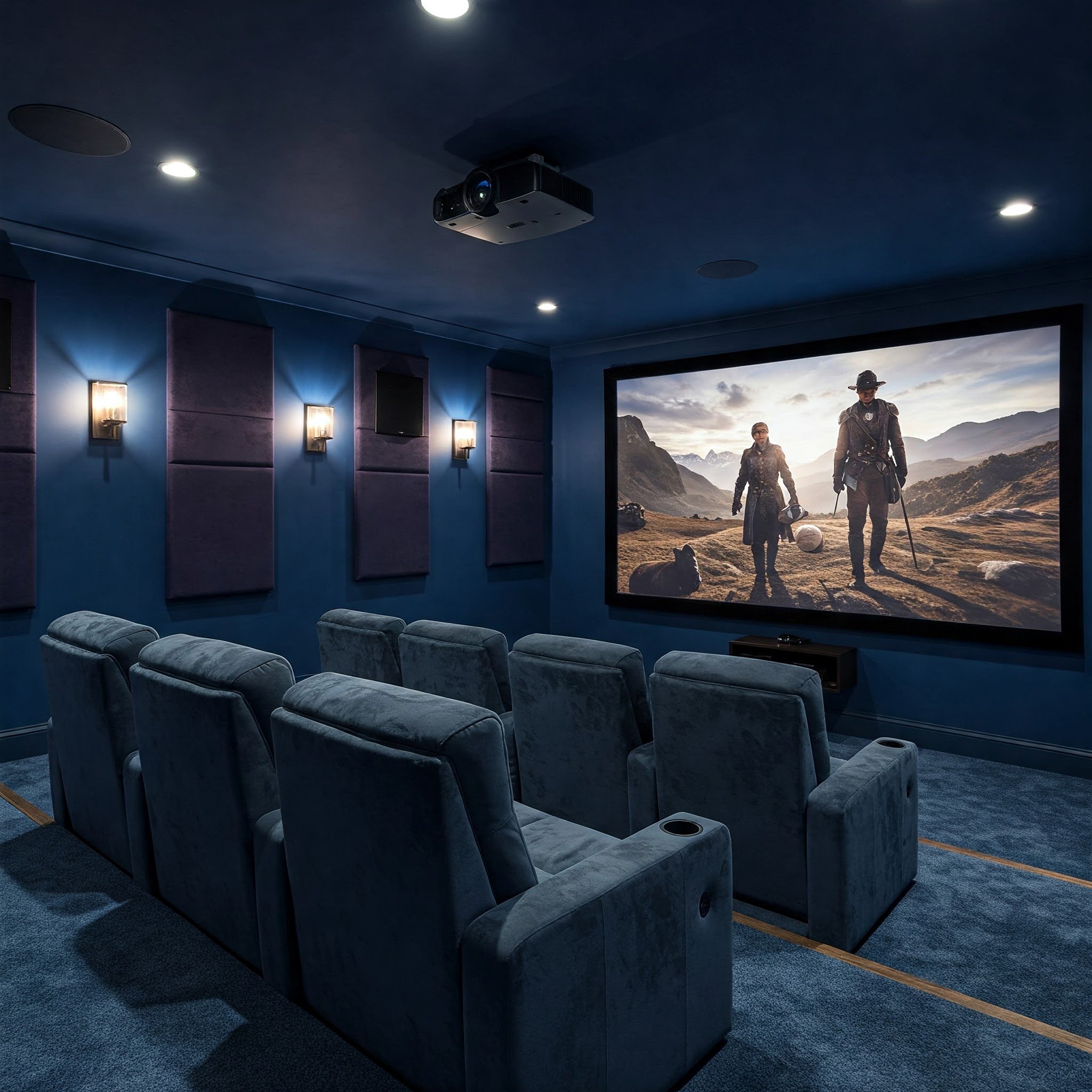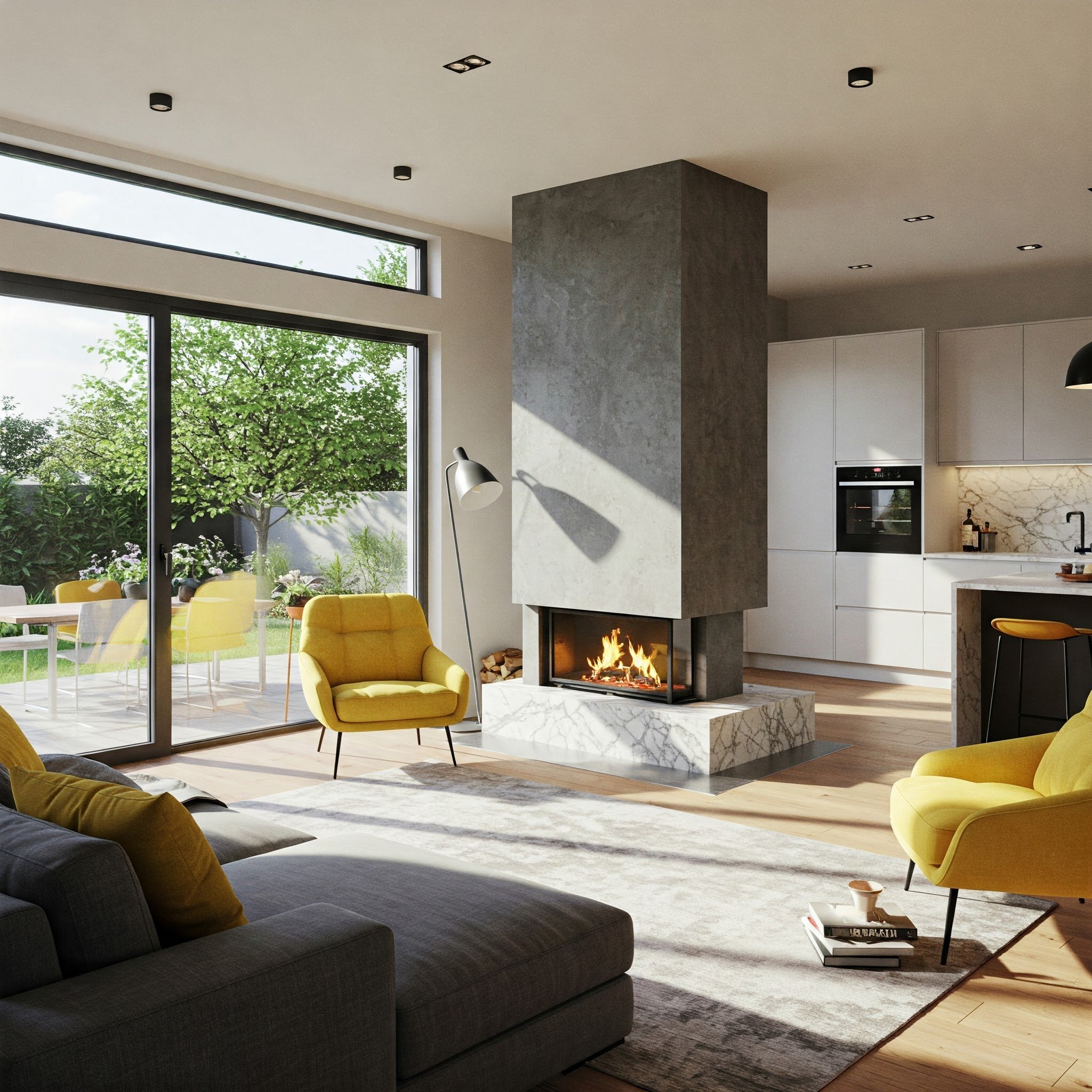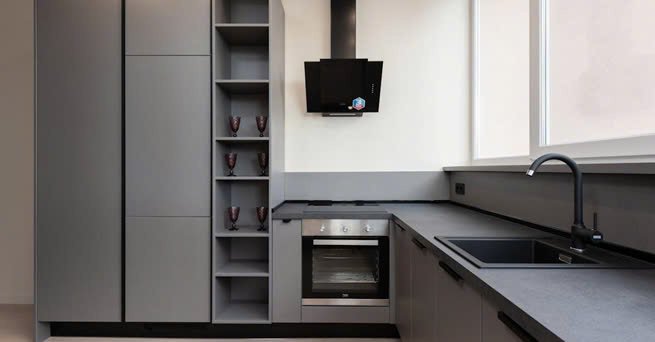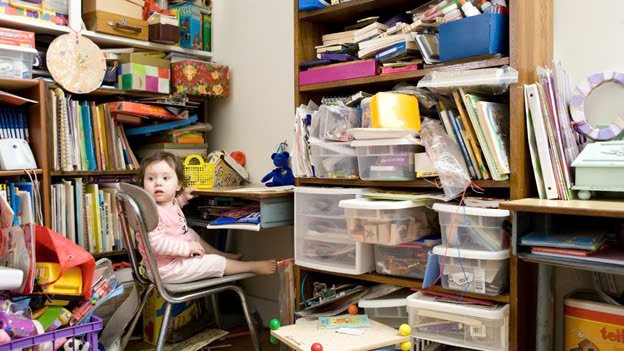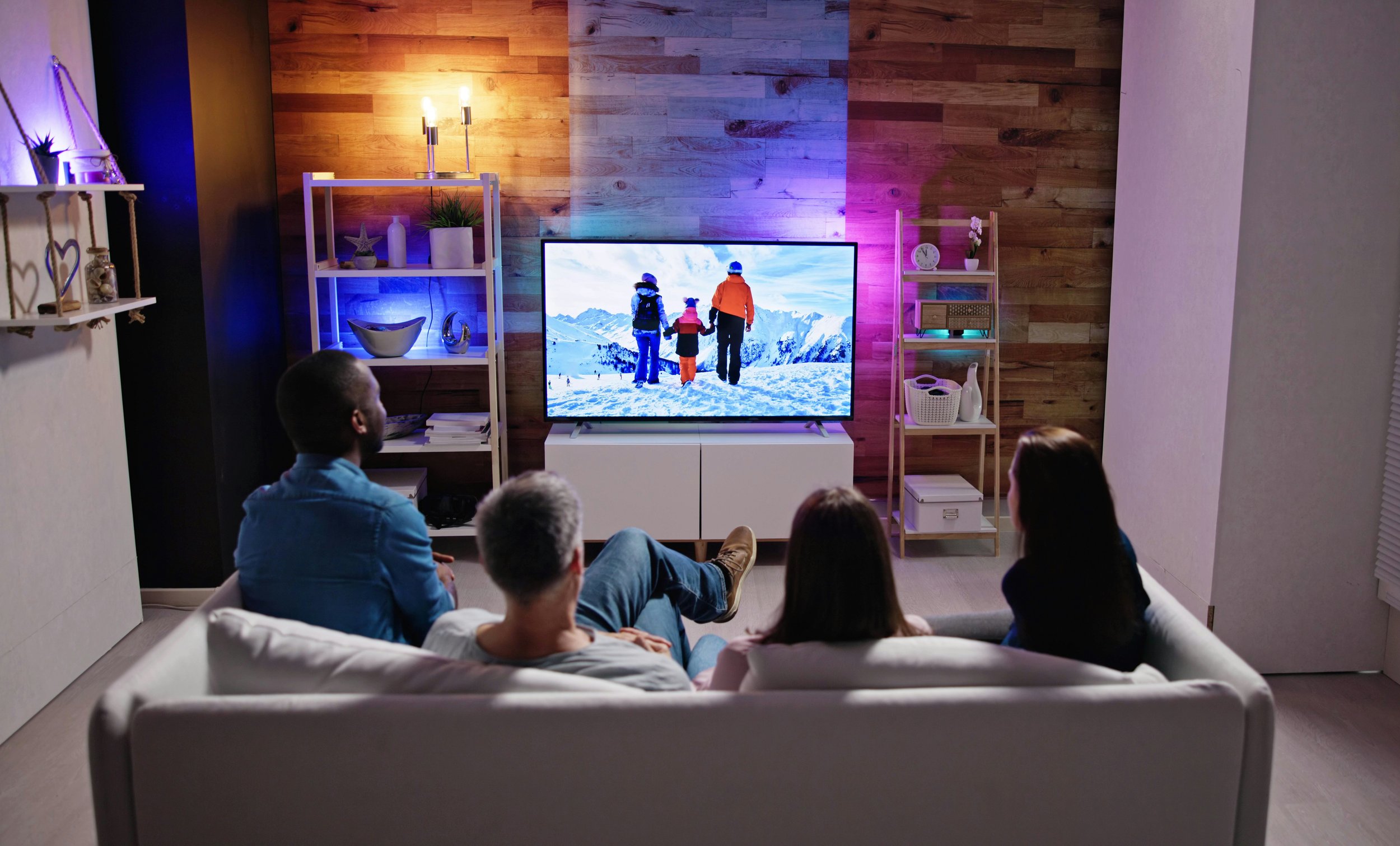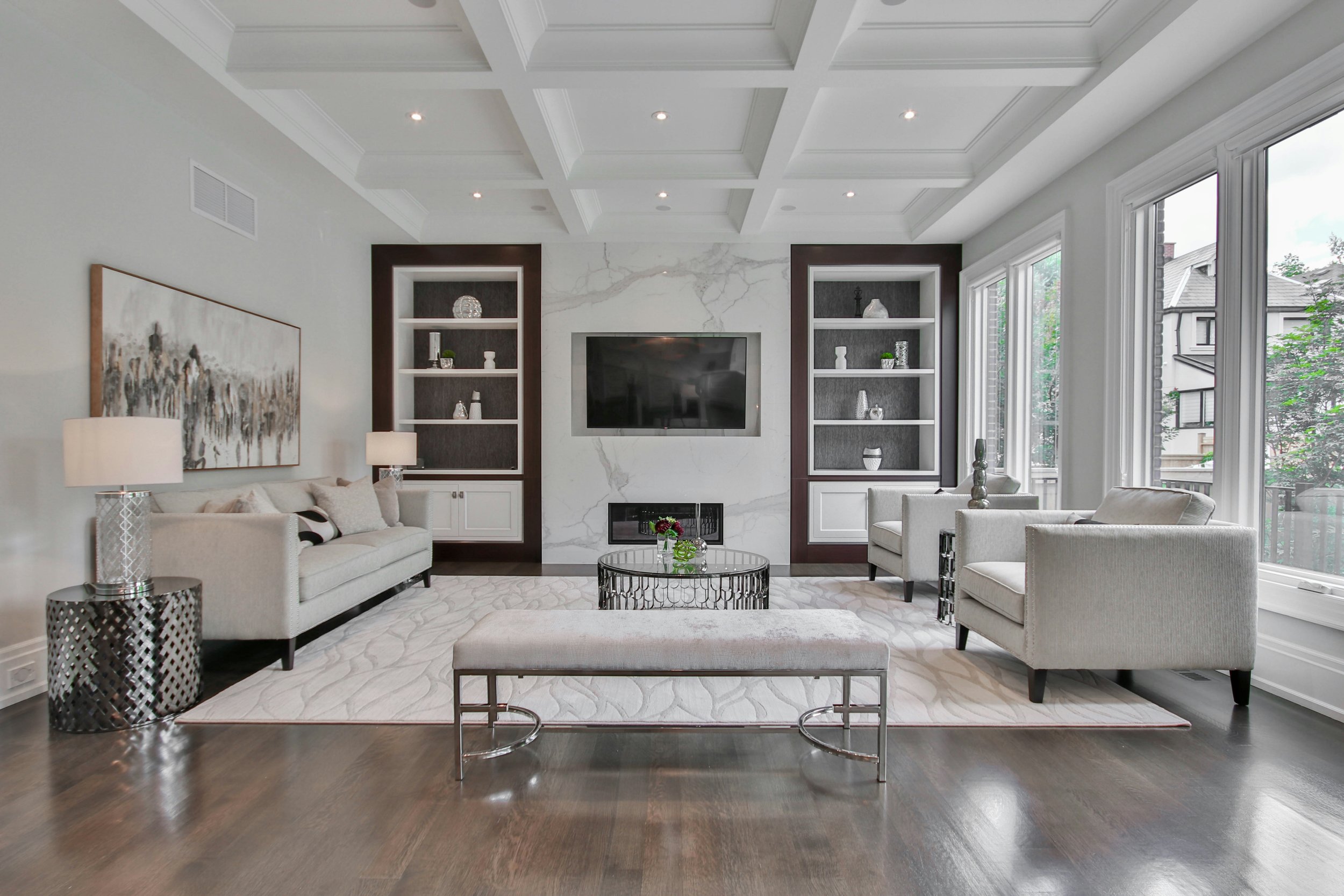Creating a Senior-Friendly Home Environment: Safety and Comfort Tips
Learn how to create a senior-friendly home environment with essential safety and comfort tips to ensure a secure and enjoyable living space for elderly residents.
The older we get, the more adjustments we need to make in our daily lives to support our changing capabilities and health needs. Guaranteeing safety and comfort in the later years requires us to create a senior-friendly home environment, whether it is preparation for ourselves or to aid senior loved ones.
Regardless of the reason for needing a senior-friendly home, this article will provide some helpful tips to set you on the right path.
1. Prioritise Accessibility
The cornerstone of creating a senior-friendly home is ensuring that all rooms and equipment are accessible. It is common for mobility to become a challenge with age, so it is important to be preemptive with the removal of movement obstacles.
Some ways you can prioritise accessibility in a home is through the following:
Single-Level Living
If possible, settling a senior loved one in a single-level living situation can easily help maintain accessibility. Even if a house has multiple storeys, ensuring that essential rooms are on the same floor can ensure the same level of comfort and accessibility. This means grouping together the senior person’s bedroom alongside a bathroom, kitchen, and living room.
Removing the need to climb stairs is not only kind of an elderly person’s body, but also removes a hazardous situation. Falls are common for seniors and are a leading cause of injuries, so removing this obstacle is crucial for a loved one’s health.
Wide Doorways and Hallways
Some seniors require walkers or wheelchairs to retain mobility. This can become an obstacle for accessibility in households not made for them. Thus, ensuring there are wide doorways and hallways in a home will make navigation easier and safer for seniors.
Ramps, Railings and Stairlifts
For homes that have unavoidable stairs, it may be necessary to consider installing a ramp or stairlift. This provides a safe avenue for home access when a senior lacks mobility and may face the risk of falls.
Alternatively, installing residential railing on every set of stairs can provide seniors the support they need to move up and down stairs independently. This choice should be made available for those who still want to practice physical autonomy and are capable of safely using stairs.
2. Enhance Bathroom Safety
The slippery surfaces and tight spaces of bathrooms can make them a dangerous environment for seniors. That is why it may be necessary for adjustments to be made to enhance safety. This may be a particular area of interest for caregivers, who wish to respect the professional boundaries of seniors while ensuring their safety.
Grab Bars and Handrails
To prevent falls or slips on tiles, porcelain, or plastic in the bathroom, consider installing grab bars. These bars should be installed in areas that are slippery or require getting up or down, such as the toilet, in the shower, or by the bathtub.
Non-Slip Mats and Rugs
The effectiveness of grab bars can be improved with the addition of non-slip mats and rugs. Install one within the shower and commonly used parts of the bathroom floor to lower the risk of slipping accidents.
Walk-In Tubs and Showers
When seniors’ mobility is affected by age, climbing in and out of showers or bathtubs can become a health hazard. Thus, it may be time to replace a traditional tub with a walk-in model that has a low threshold. For those with showers, installing built-in seating can make washtime comfortable and easy for seniors.
3. Improve Lighting
To help prevent falls and grant visually impaired seniors the support they need, homes should be properly lit in all rooms. This means that homes should have the following aspects:
Bright and even lighting. This can be achieved through higher-wattage bulbs or LED lights.
Nightlights along hallways and within bathrooms or bedrooms to guide at night.
Installing motion sensor lights in key rooms can provide automatic illumination. This simplifies the process of finding and turning on lights when rooms are dark, adding an extra layer of safety with convenience.
4. Create a Safe Kitchen
The sharp tools and heavy equipment located in kitchens can create an environment prone to accidents. Particularly when seniors are limited in their mobility, strength, or balance. Thus, kitchens should be altered for safety through the following methods:
Easy-to-Reach Storage
Commonly used kitchen tools should be placed within easy reach to prevent the need for climbing and stretching. Such movement can become difficult for seniors or cause injuries when done incorrectly, so outright removal of such obstacles can be beneficial.
Additionally, structuring the kitchen to use lower shelves and pull-out drawers can make cooking items easier to access. Encouraging autonomy in seniors is crucial for their quality of life, and easy access to food can greatly aid in such efforts.
Stove Safety
Installation of automatic shut-off features in kitchen appliances can help prevent accidents. Forgetfulness may become an issue for some elderly individuals, so a resource that turns off hot appliances can be greatly appreciated.
Additional safety can be secured through the installation of stove guards. These guards can prevent accidental contact with hot services that may cause injuries.
Clear Countertops
It may seem simple, but countertops clear of clutter can help create a comfortable and safe kitchen environment. When ample space for meal preparation, items are less likely to be knocked over. The reduced chance of cleaning up messes or picking up heavy objects can make food preparation comfortable and easy.
5. Comfortable and Safe Living Areas
Comfort is key when it comes to living areas. They are a space dedicated to relaxing and finding joy in hobbies or friendly visits. Thus, designing a senior-friendly home means minimising the risk of accidents while also boosting accessibility.
Stable Furniture
When furniture is sturdy and has no sharp edges, the risk of an injury being caused is significantly lowered for seniors. Tripping hazards can also be avoided in high-traffic areas of the room by not choosing low furniture. Keep tables and chairs within easy reach and eye-line to make maneuvering around the space easy.
Non-Slip Flooring & Decluttering
To prevent more risks of tripping in the living area, try and keep the space free of clutter and easy to walk through. This means removing furniture or items that could obstruct movement. It may also require the use of non-slip rugs and the securing of loose carpeting.
6. Bedroom Comfort and Safety
The bedroom is meant to be the greatest space for comfort in a home. When the space feels safe, restful sleep is more likely, improving a senior citizen’s overall well-being.
Aim to keep the bedroom a safe and comfortable environment by performing the following:
Adjustable Bed
Swapping out the standard bed for an adjustable one can make getting in and out of bed for seniors a breeze. For those with back or hip pain, the bed can also be adjusted for greater comfort during sleep or relaxation.
The addition of bed rails on the furniture can also prevent falls during the night. There is a far lesser chance of seniors accidentally rolling out during sleep, and navigating at night is easier with handrails.
Accessible Closets
The closet is a commonly used space in a bedroom. Every day, clothes are required to get ready, which requires the use of the closet. Thus, it can be beneficial for everyday ease when a closet is organised to present frequently used items in easy reach. This can be achieved with lower hanging rods and shelves.
7. Incorporate Technology
Beyond just adjustments to existing structures or furniture, a home can be made more senior-friendly with the addition of key technology. There are even certain devices made to support seniors when living independently in their home, such as:
Medical Alert Systems
Seniors can easily call for help, especially from emergency services, with the help of a medical alert system. Installing such systems in commonly used areas or to wear by seniors can provide peace of mind as safety is prioritised.
Smart Home Devices
Smart home devices are not just created to make homes more interesting. They can also be a source of great convenience to seniors living at home.
Key home features such as lighting or room temperature can all be controlled through such devices. Voice-activated assistants can also provide necessary information to seniors as needed, boosting their independence and ease of living.
Conclusion
In the end, just a few adjustments to a home can make it a senior-friendly environment. By prioritising safety and comfort above all else, seniors can thrive independently and improve their overall well-being. So, take the time to improve your loved one’s home as needed to allow them to age in place with dignity and peace of mind.



